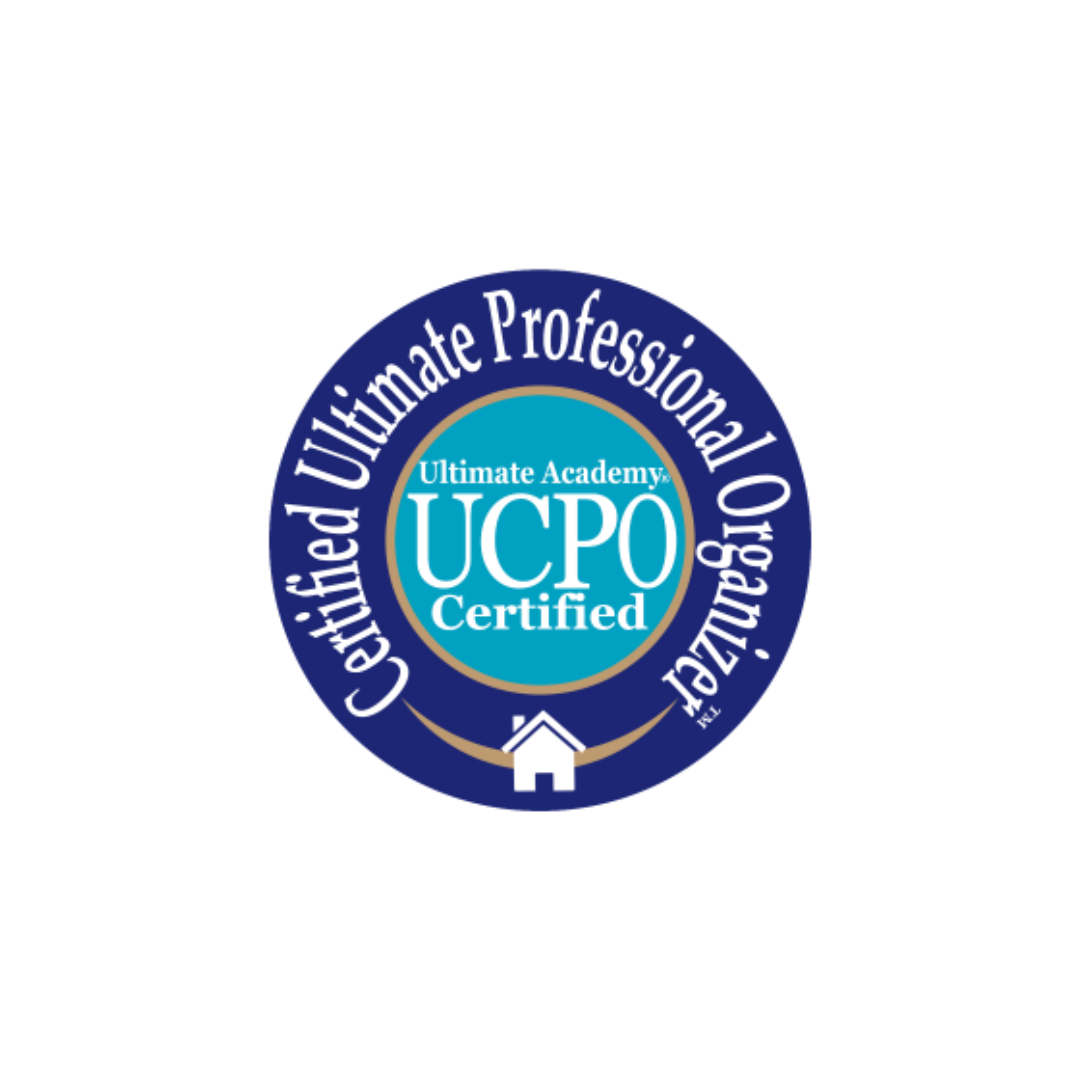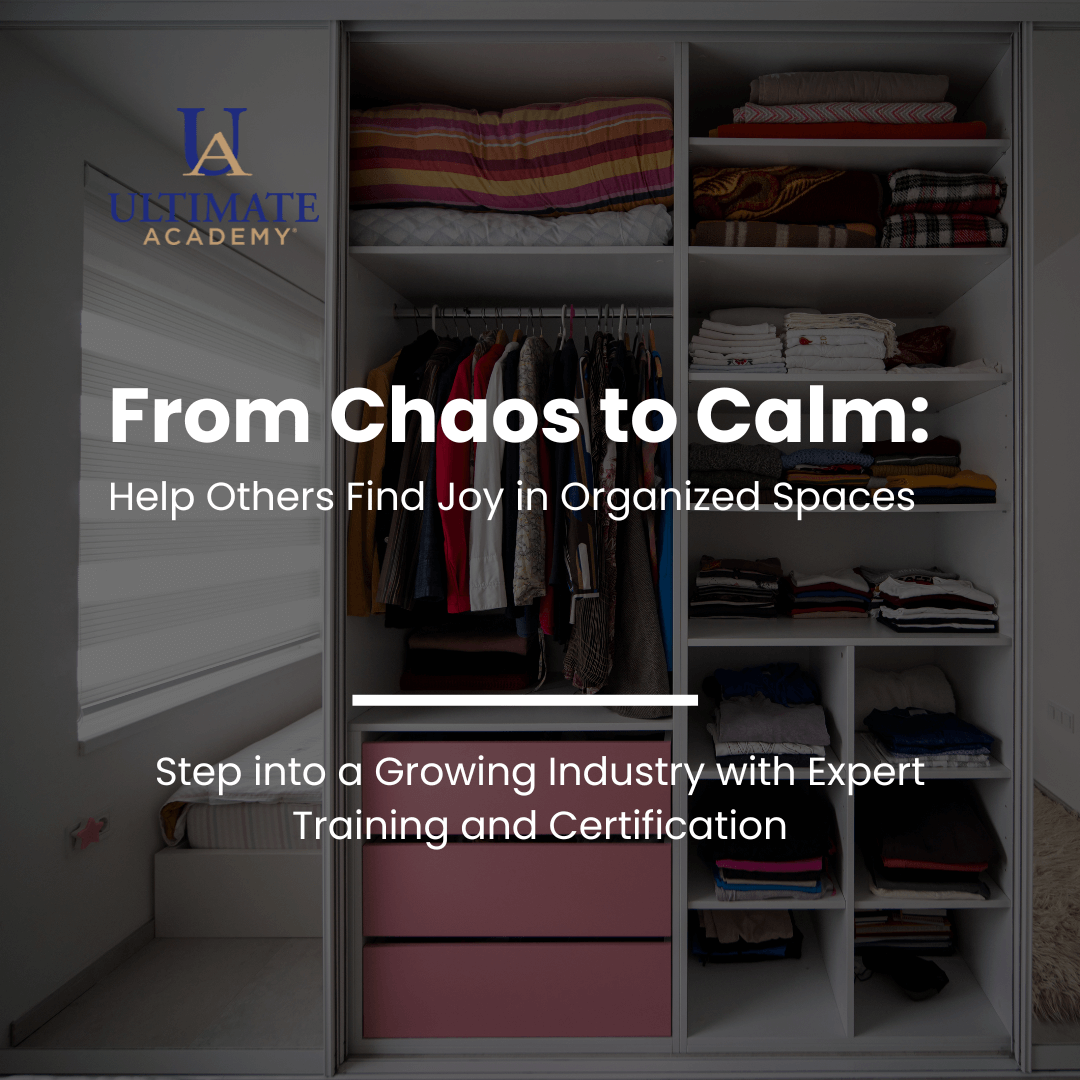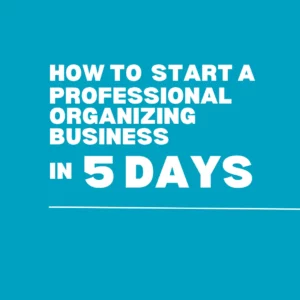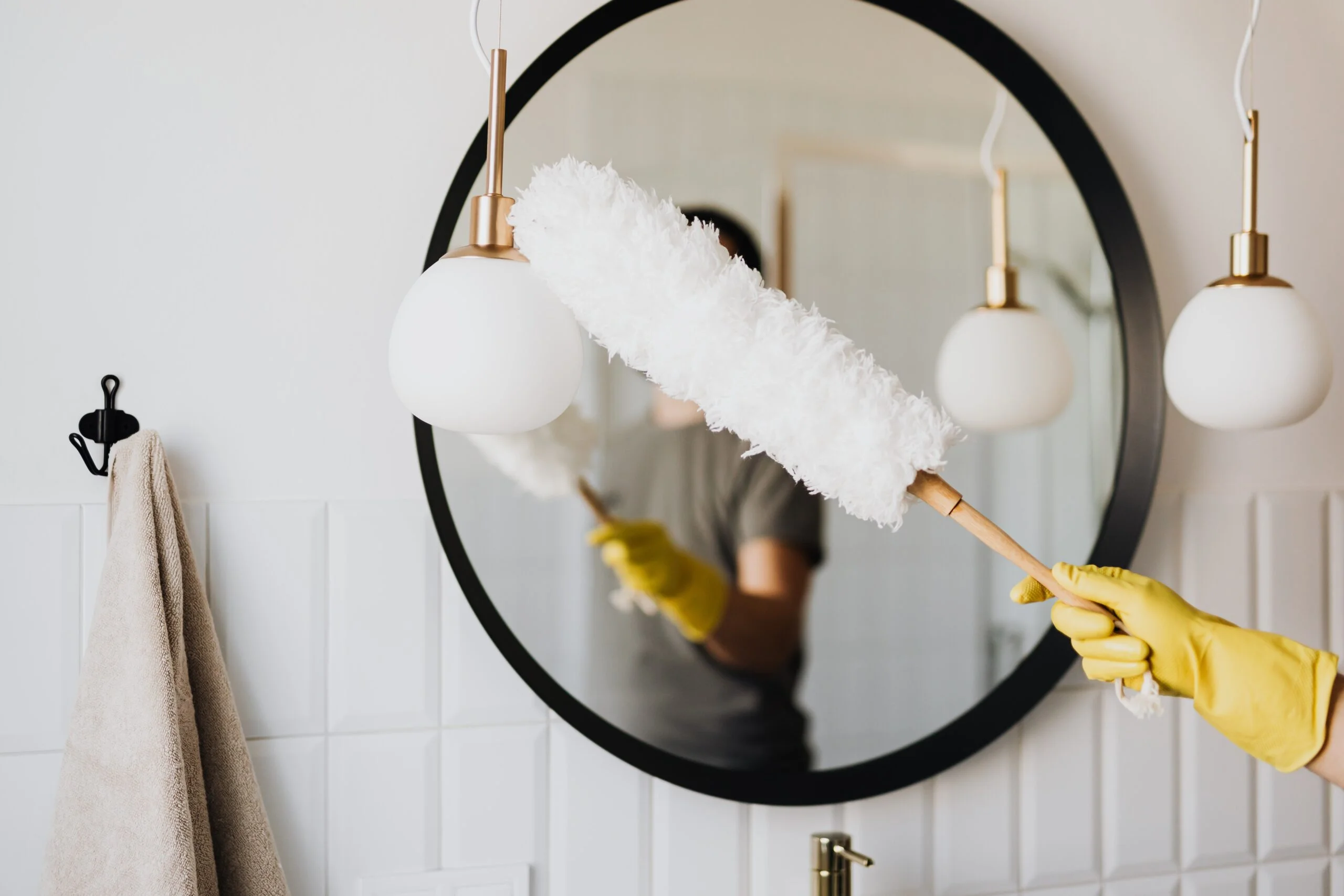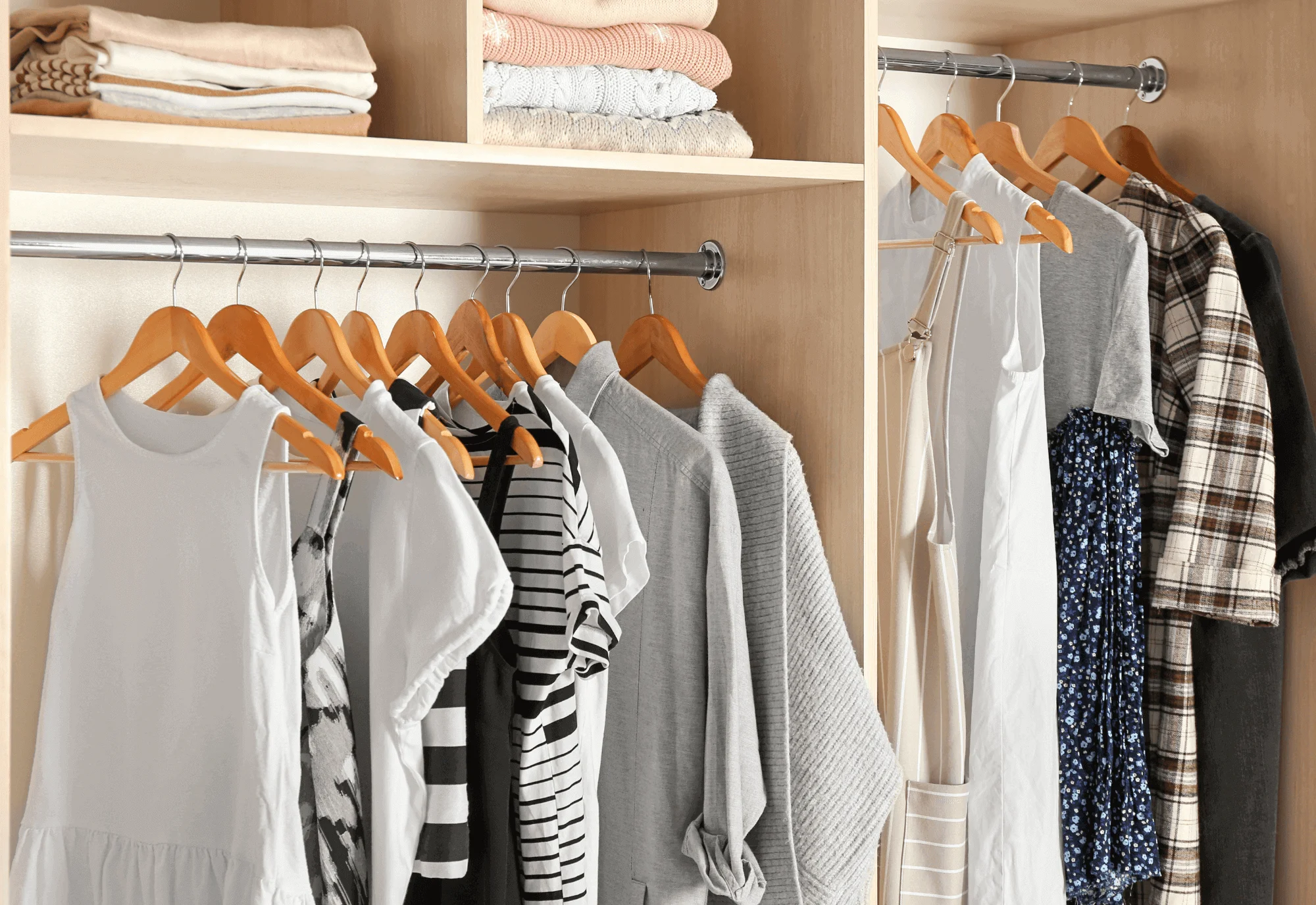Hoarding Behavior and the Professional Organizer
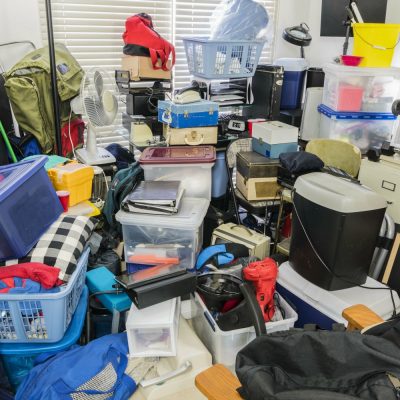
For many children, the habit of collecting is encouraged by parents and relatives, often celebrated during birthdays and special occasions, leading to excitement over the potential future value of these collections. As one grows older, these collections often evolve into a part of adult style choices, embraced in interior design as “maximalization” without negative connotations. However, when does a cherished collection turn into a problematic hoarding situation?
Hoarding behavior is identified as the excessive collection of items and/or animals to the extent it interferes with daily life and the livability of one’s home. Up to 6 percent of the U.S. population exhibits some form of hoarding problem, with a notable incidence among senior women, possibly exacerbated by isolation or decreased mobility.
Numerous non-profit organizations exist to provide comprehensive support, including counseling, clutter coaching, and cleaning assistance, aiming to prevent eviction and the consequential risk of homelessness associated with severe hoarding.
The reasons behind hoarding vary, extending beyond the commonly portrayed media narratives of trauma or loss. Many individuals face challenges with decision-making, motivation, and setting boundaries for their interests or collections. Emotional attachments, particularly to items representing loved ones, often complicate the ability to declutter.
When addressing hoarding behavior, it’s crucial that individuals are motivated and ready for change, requiring an approach from Professional Organizers that’s grounded in empathy, patience, and support. Some effective strategies include:
Starting Slowly:
Initial steps are crucial, setting a pace that’s comfortable to avoid overwhelming the individual.
Breaking Down Tasks:
Dividing larger projects into smaller, manageable tasks helps maintain focus and prevent burnout.
Creating Organizing and Action Plans:
Prioritizing tasks and scheduling organizing sessions underscores the importance and feasibility of the goals.
Implementing the "Only Handle It Once" Strategy:
Encouraging immediate decisions helps overcome decision-making inertia.
Personalizing the Elimination Process:
Conceptualizing items as friends, strangers, or acquaintances helps simplify decision-making.
Minimizing the Sense of Loss:
Taking photos of sentimental items or ensuring they’re passed on to someone who’ll value them can ease the parting process.
Setting Boundaries:
Designating specific spaces for collections encourages individuals to prioritize and declutter.
Certified Ultimate Professional Organizers™ play a critical role in assisting individuals by working together to declutter, prioritize, and organize possessions while providing continual support and encouragement. They are instrumental in helping individuals regain control over their collections and, more importantly, their lives, one item at a time.
By recognizing the thin line between an enjoyable collection and problematic hoarding, individuals can seek the right help to ensure their possessions enhance rather than hinder their quality of life.
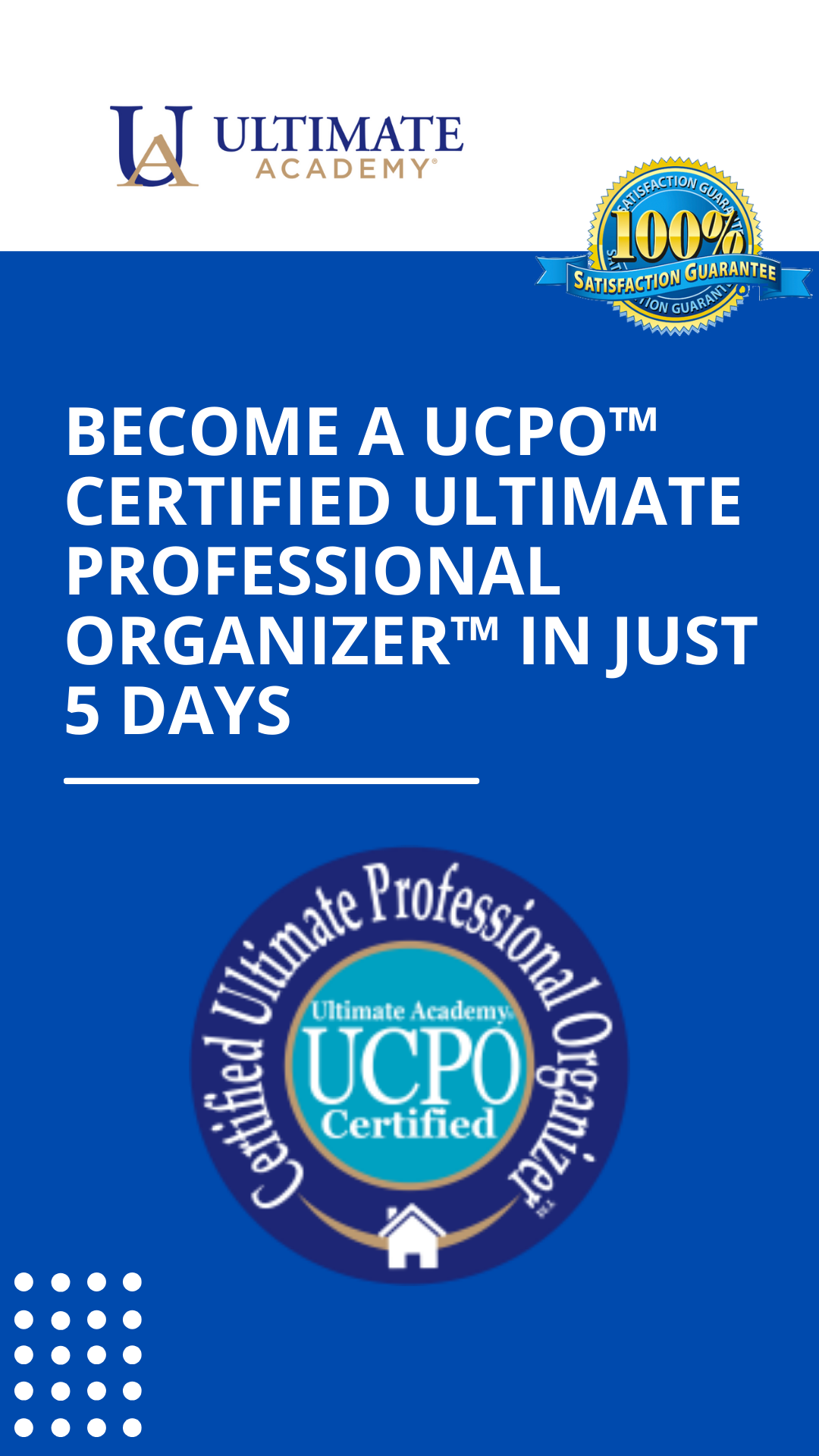
Learn About our Professional Organizing Certification
